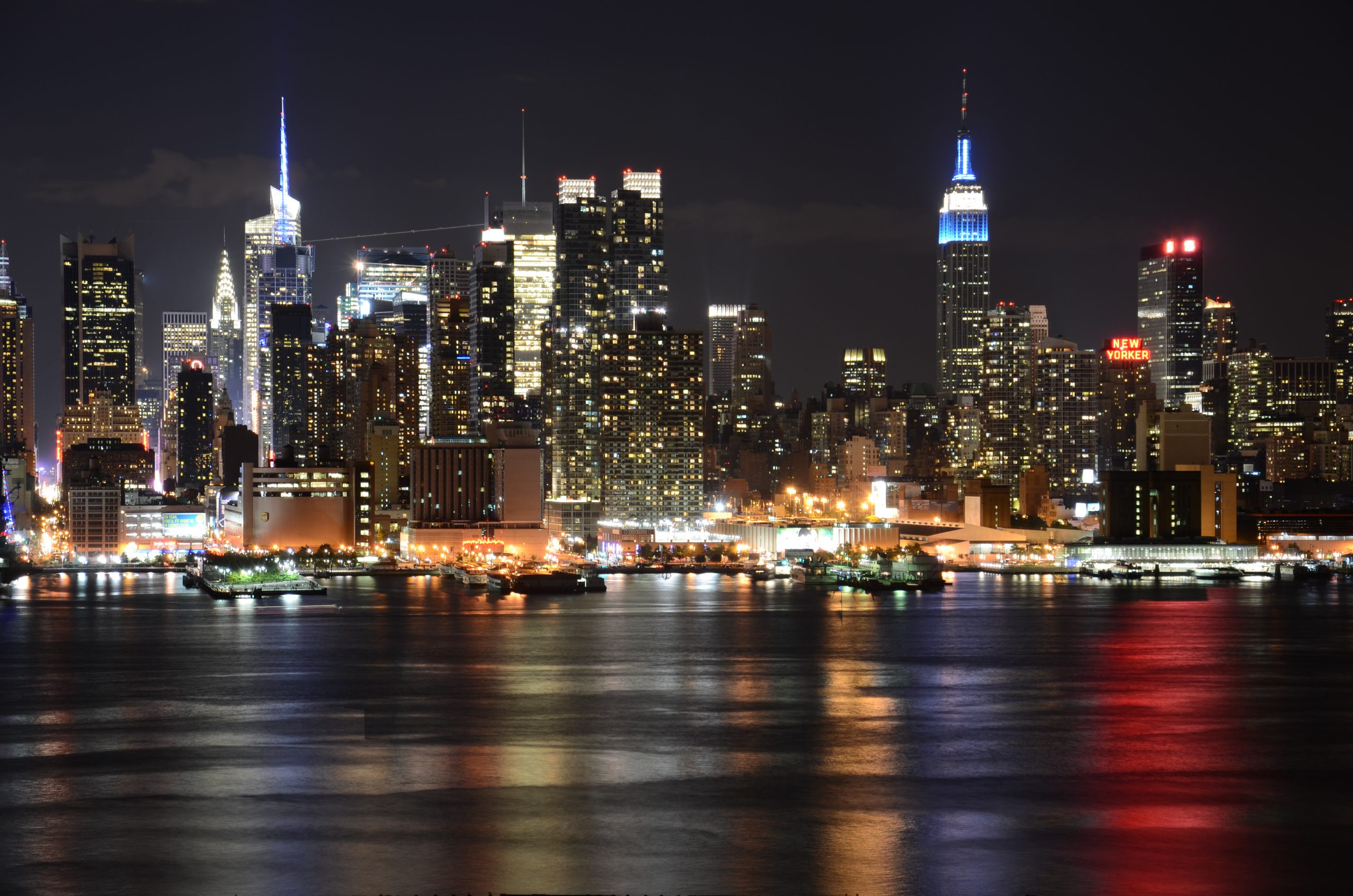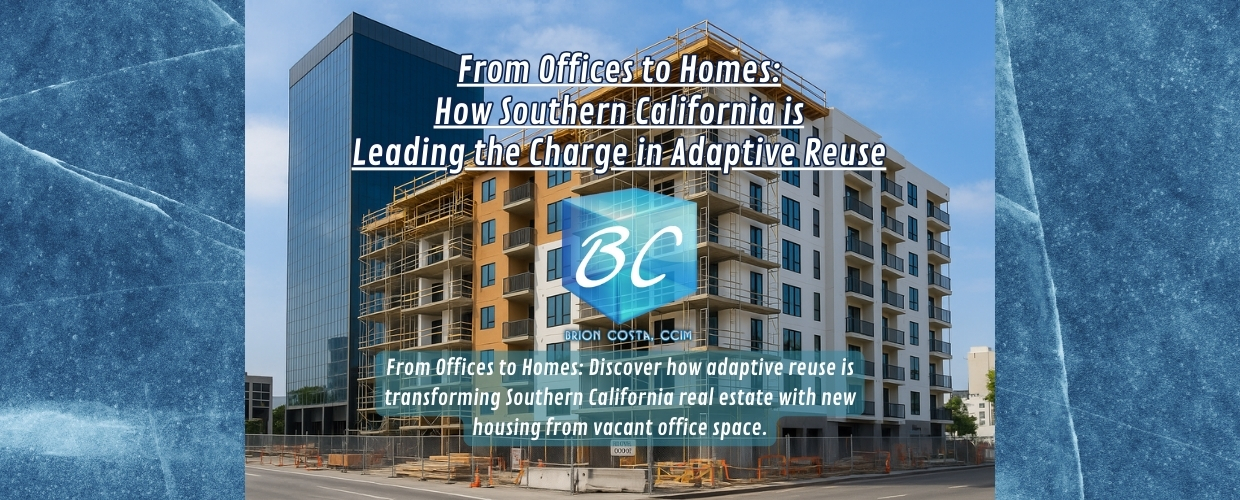As someone who’s advised commercial real estate investors across Southern California for decades, I’ve seen the market evolve in countless ways, and now we're seeing a conversion from offices to homes. What we’re witnessing now — a widespread shift toward repurposing underutilized office buildings into residential housing — may be one of the most transformative trends of the post-pandemic era.
If you’re looking to buy or lease commercial real estate, or repurpose a property for higher and better use, it’s essential to understand how adaptive reuse is reshaping urban cores and investment strategies alike.
From Offices to Homes: Why Offices Are Becoming Apartments
Multiple recent reports highlight a surge in converting underutilized office buildings into housing across Southern California. Key drivers include:
- A crippling housing shortage
- Record-high office vacancy rates
- Changing work patterns and reduced demand for traditional office space
As one analyst put it, the trend is “driven by the need for more housing and
the changing dynamics of workspaces post-pandemic.”
Policy Support: The Game Changer
Local: Los Angeles' Adaptive Reuse Ordinance (ARO)
- In 2024, L.A. expanded its ARO citywide, allowing any building over 15 years
old to be converted into housing.
- Projects qualify for streamlined approvals, even if zoning wouldn’t otherwise
allow residential units.
This update builds on the success of the 1999 ARO, which helped create 12,000
loft-style apartments downtown.
State: California’s AB 2011 and AB 2243
- AB 2011 allows housing by-right on commercial land if affordability and labor
standards are met.
- AB 2243 (2024) went further by:
- Simplifying office-to-residential
conversions
- Reducing parking and open-space
requirements
- Expanding eligibility beyond
commercial corridors
Together, these policies create a powerful framework for transforming office
assets into housing across the state.
From Offices to Homes: Projects Making Headlines

Downtown Los Angeles:
- Jamison Properties is leading the charge, converting:
- A 19-story courthouse into 428 rental units
- The 32-story L.A. Care building into 686 apartments — a project called a “game changer.”
Wilshire & Koreatown:
- Jamison is also converting mid-rises along Wilshire Blvd, such as the former Texaco HQ now reborn as The Crosby apartments.
Orange County:
- Irvine Company is converting two low-rise offices into 700 new homes in Newport Beach.
- In Santa Ana, a defunct office campus will become an 86-unit townhome project.
L.A. currently ranks #3 in the U.S. for volume of office-to-residential conversions, with 4,388 units in development — an 80% year-over-year increase.
What This Means for Investors
The shift toward adaptive reuse isn't just a short-term reaction — it’s a structural trend. Cities are rezoning. Lawmakers are easing regulations. And developers are finding creative ways to convert existing buildings
into much-needed housing stock.
For investors, that means:
- Underperforming office assets may have new potential
- Zoning constraints are loosening
- Public incentives are growing
Even if not every office building is viable for conversion, the landscape is shifting quickly. Those who understand these changes can position themselves for outsized returns in a housing-constrained market.
Final Thoughts
The conversation around commercial real estate is changing — and fast. What was once a liability (a vacant office tower) may now be a goldmine of opportunity. But only if you know how to navigate the new rules and emerging best practices.
If you own a commercial property in Southern California and are curious about its adaptive reuse potential, let’s talk. I can help you evaluate your options, connect with the right resources, and chart a strategic path forward.
Brion Costa, CCIM
Century 21, Commercial
626-695-7385
DRE#: 00939864


